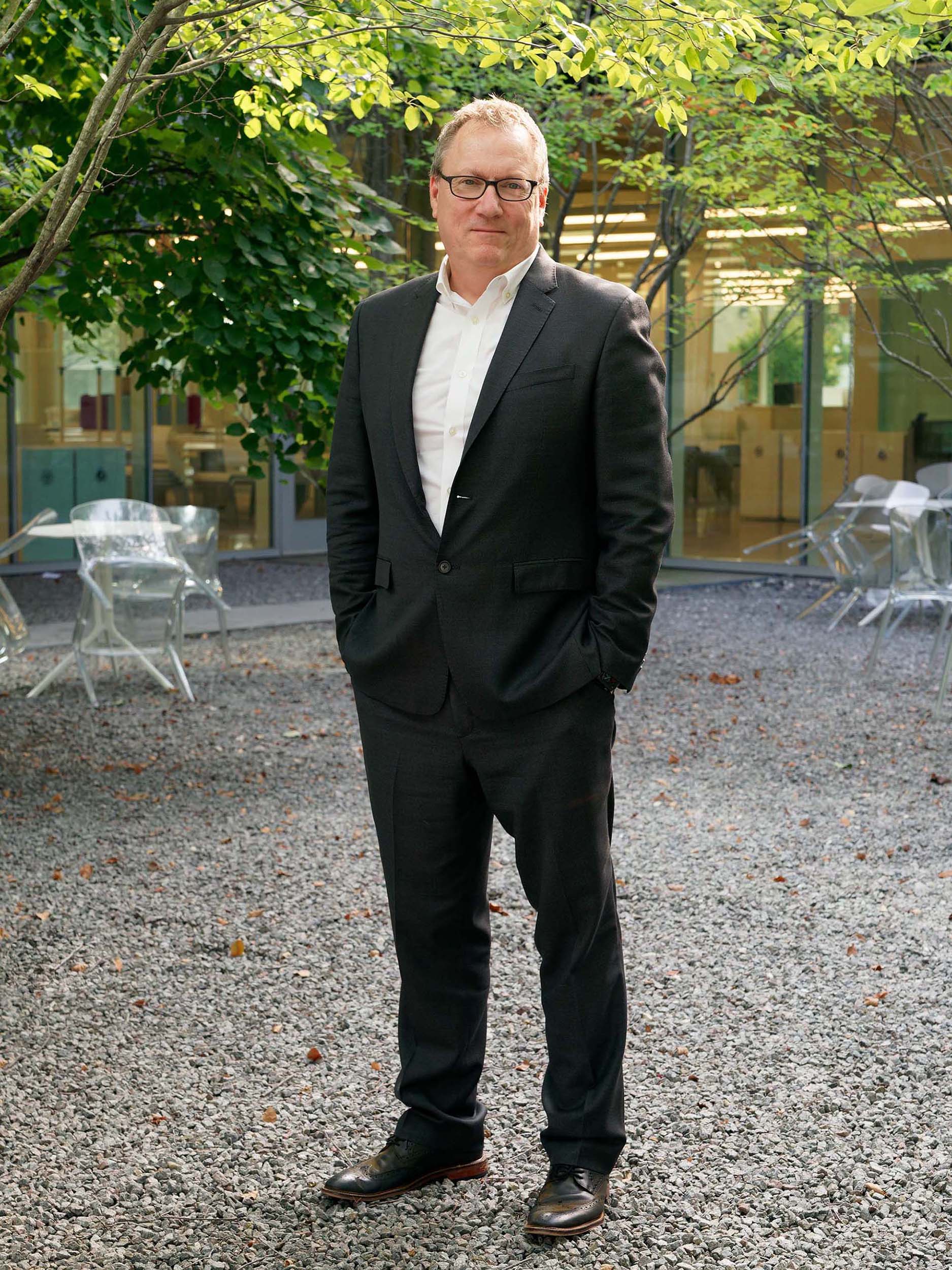Urgent Organizational Challenge 2

Organizations need systems thinkers.
In our high-tech world everything operates from a system, and digital offerings are notably systems-based. Organizations must have systems thinkers who can frame and break down the layers, dependencies, obstructions, and possibilities of the systems that underpin our daily lives—in ways everyone in the organization can understand.
The Systems-Thinking Opportunity
Designers create holistic solutions instead of fragmented ones, because we are sense-makers. We take ambiguous concepts and ideas and make them concrete. With the skills to create clear visual representations—systems maps, stakeholder maps, ecology maps—of the systems everyone in the organization needs to understand, designers position all stakeholders to grasp complexities, and we do so in ways that are helpful yet not reductionist.
Designers are comfortable with complexity. We can work with partners from other disciplines in the organization to investigate all the factors relevant to a project and their possible interactions and outcomes, then we make those systems clear to all stakeholders as the basis for a promising strategy and execution.

Take Responsibility: Think in Systems
Anticipate stakeholder interests. Organizations need to anticipate and consider the value criteria important to each stakeholder when engaging in projects that cut across teams and areas of expertise. Fostering regard for design among all stakeholders helps align objectives, supports collaboration, and ensures that design outcomes address the needs and expectations of all participants.
Pay attention to timing and advocacy. The more complex a system, the greater the need for design expertise. Good designers and design leaders can identify the optimal moment to frame a problem and move the team forward. This intelligibility doesn’t come at a predetermined moment in a delineated process; rather, design best practices determine the right timing. Notably, when you introduce design concepts and possibilities early on, basing them on a clear framing of the problem, they can deliver the most impact—particularly on strategy.
Promote humanity-centered design. Addressing large-scale complex issues and contributing to positive social change requires addressing issues at a larger scale than the individual or the persona. Societal implications of a product or service matter more than ever. And today, taking the long view and embedding good, socially responsible design practice into a product or service also earns brand loyalty.

Peter Zapf
Director of Partnerships and Strategic Initiatives
Are you interested in understanding where design is heading next? Let’s think together.